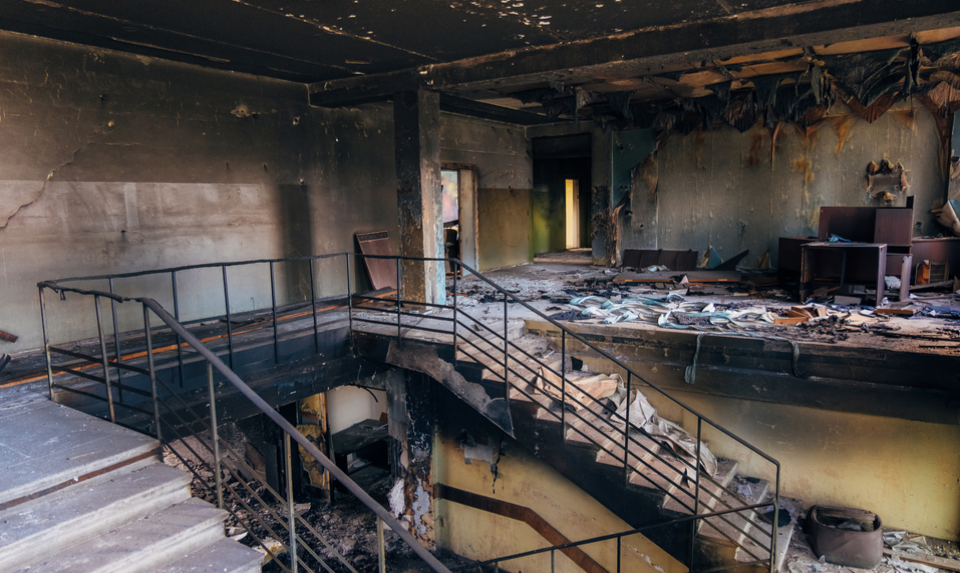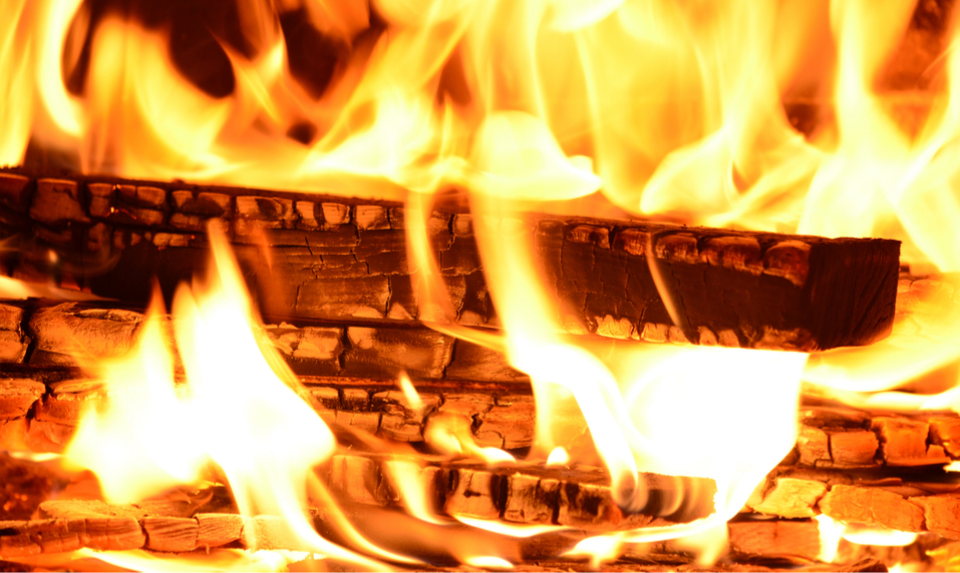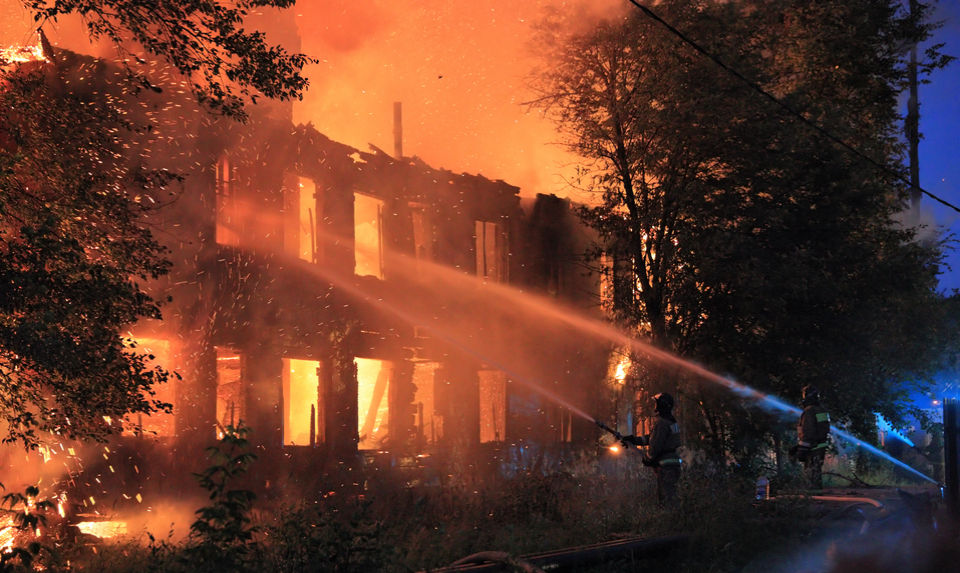“Putting out a fire” is a normal phrase used by business people every day. But what if the fire is more than a metaphor? Are you aware of what to do to lessen the likelihood of an office fire breaking out — and exactly know how to react if one does? Is your office prepared with fire protection materials?
What do you — and your staff — need to know to eliminate the odds that your office becomes another statistic? It begins with the four P’s of fire protection and prevention: plan, procure, practice and prevent.

Plan
The size of the office or the number of employees does not matter, someone should be voted as the safety officer. This individual leads the plan and procedures for an emergency response plan, which includes:
Escape Routes and Meeting Places: Know and mark the fastest and safest paths to safety. Provide maps (with “you are here” marks) in breakrooms and nearby exits — which should be indicated clearly with signs. Create and put up reminders that elevators should not be used during most emergencies. Check emergency lighting in stairwells and make sure they are not used as storage areas. Make a procedure for employees to exit and patrons with special needs, especially if the exit route has stairs. Select a meeting place far enough from the building to create full access to firefighters and other emergency individuals.
Emergency Procedures: Asure employees are aware that the safety officer is in charge of emergencies. Know them by name and title, the people responsible for informing the fire department, accounting for employees at the meeting place and helping emergency personnel with knowledge on where the equipment or chemicals are housed in the building. Keep a comprehensive list of emergency contact information. Outline who notifies the next of kin of injured staff members, and assign one person to alert emergency responders of individuals that are still in the facility or unaccounted for.
Procure
There are some specific items you need for fire safety, such as fire extinguishers and smoke alarms — but most commercial buildings need to have these items installed to meet local building codes. Check with your fire marshal to learn more about the requirements for your municipality. Check alarms and check fire extinguisher charges each month; replace/recharge quickly as indicated.
Additional emergency supplies include first aid kit, bottled water and some flashlights.
Practice
Hold drills and review procedures as frequent as possible, and add emergency response information orientation for new employees. Play the alarm to ensure employees know what it sounds like — it can be a beep, a horn and/or an overhead announcement — and what to do next when they hear it. Check nuisance alarms so the staff don’t start ignoring the sound. Add real-time shutting down of critical equipment if needed by law or regulation in the event of an emergency. Run contests to see how quickly your staff can exit their workspace, let them know that personal items may need to be left behind. Ask the fire department to conduct periodic training/orientations for all employees on how to use a fire extinguisher.

Prevent
- Follow manufacturers’ recommendations for maximum volt/wattage load for surge protectors, power strips and adapters, and ask your electrician to periodically check these items and outlets for potential overload
- Replace old power cords; never run have under rugs or carpeting, use cord protectors if needed
- Unplug appliances (coffeemakers, microwaves) and other equipment not in use at the end of the day and over the weekend
- Replace devices that feel warm or hot to touch
- Ask the fire marshal for the inspection of chemical and equipment storage areas periodically to make sure proper ventilation and storage
- Store hazardous materials according to the manufacturers’ instructions and OSHA regulations. Clearly indicate these items to assist emergency personnel to identify and stabilize them.
- Don’t let fire doors open or block exits with furniture or boxes
- Don’t allow paper and other trash to litter outside of garbage or recycling bins, and never store these materials near hot equipment, electrical outlets or the smoking areas
- Don’t allow your employees to burn candles, scented oils, etc., even in their designated work areas
Following the four P’s is a great fire protection for your business and your employees. Having an evacuation plan and completing a fire drill will make sure that employees know what to do in case of a real fire emergency.
After all those fire drills in school, a lot of us take fire protection and prevention and safety for granted. That’s why it’s important for business owners, office managers and safety officers to set the right tone. If you don’t take it seriously, your staff won’t either. It’s a lot easier to prepare for an emergency than to explain why you did not.
